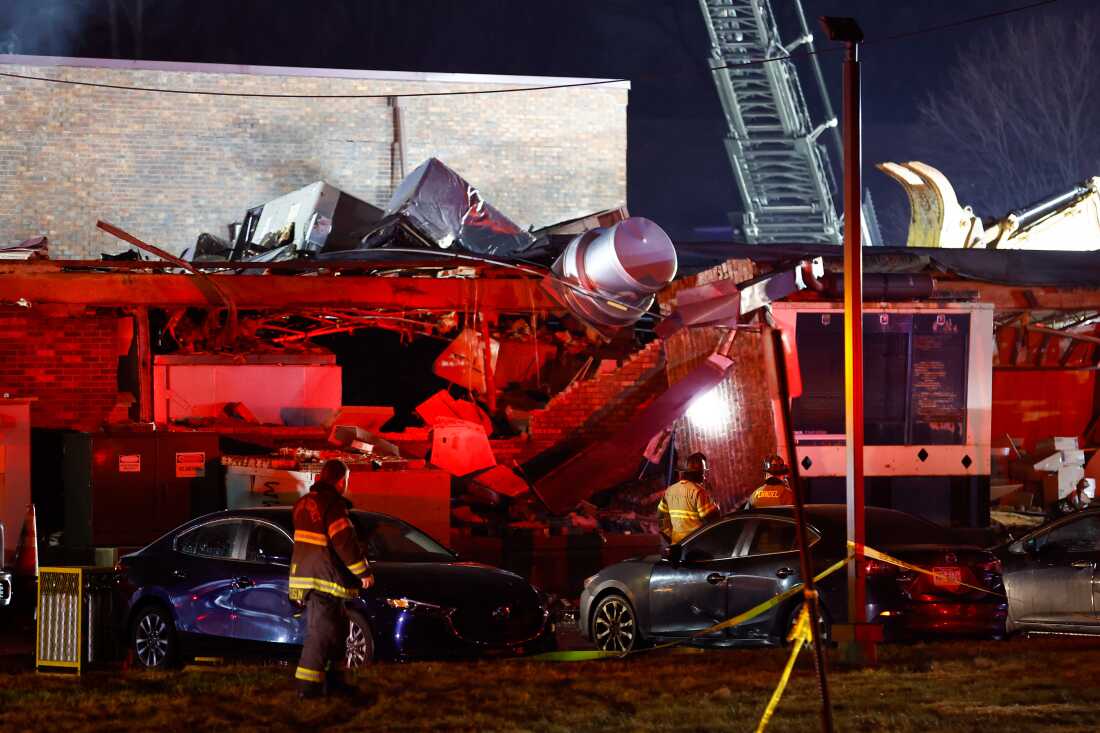US banks made a $1tn windfall from the Federal Reserve’s two-and-a-half-year era of high interest rates, an analysis of official data by the Financial Times has found.
Lenders got higher yields for their deposits at the Fed but kept rates lower for many savers, the review of Federal Deposit Insurance Corporation data showed. The boost to the US’s more than 4,000 banks has helped pad out profit margins.
While rates on some savings accounts were raised in line with the Fed’s target of more than 5 per cent, the vast majority of depositors, especially those at the largest banks, such as JPMorgan Chase and Bank of America, got far less.
At the end of the second quarter, the average US bank was paying its depositors interest at the annual rate of just 2.2 per cent, according to regulatory data that includes accounts that do not pay interest at all. This is higher than the 0.2 per cent they paid two years ago but far lower than the Fed’s 5.5 per cent overnight rate that the banks themselves can get.
At JPMorgan and Bank of America, annual deposit costs were 1.5 per cent and 1.7 per cent, respectively, according to this data.
Those lower payments to depositors generated $1.1tn in excess interest revenue for the banks, or about half of the total dollars banks brought in during that time, according to the FT’s calculations.
This is in sharp contrast to Europe, where some governments imposed windfall taxes on banks which benefited from higher interest rates.
The Fed tightened its main policy rate this week, cutting by half a percentage point. Some US banks sought to pass the cuts on to depositors as quickly as possible, a move that would shore up their margins.
Hours before the Fed rate cut on Wednesday, Citi told its employees at its private bank, whose wealthy clients typically receive preferential rates, that if the US central bank were to cut rates by half a percentage point the bank would do the same to its rate on accounts paying 5 per cent or more, according to a person familiar with the matter.
At JPMorgan, bankers have been told that clients with $10mn in cash or above would see their savings rates cut by 50bp and future cuts would move in lockstep with the Fed’s actions, people familiar with the matter said.
Because of the Fed’s rate cut, banks will “certainly” have “the ability to reduce deposit costs”, said Chris McGratty, head of US bank research at KBW. “The degree of aggressiveness will, I think, vary bank to bank.”
JPMorgan said the bank aimed to ensure a fair and competitive rate. Citi declined to comment. Bank of America declined to comment.
A report earlier this year from the Risk Management Association compared banks to petrol stations, which are typically quick to raise prices and slow to cut them. Banks, by contrast, are slow to raise the rates they offer on deposits and savings accounts but quick to cut them.
When the Fed began to tighten monetary policy in March 2022 many analysts predicted that competition from new financial technology companies and the growing ease with which consumers can move cash would force banks to dole out a greater share of the higher rates to their depositors.
But the FT’s calculations show that they were able to hold on to much of the benefit — although slightly less than in previous Fed tightening cycles.
The failure of Silicon Valley Bank and others in early 2023 forced many mid-sized and smaller banks to raise their rates in order to keep depositors from fleeing. Larger banks saw an influx of cash during the flight for safety, allowing them to delay the need to match higher rates elsewhere.
Overall US banks captured about two-thirds of the benefit of the Fed’s higher interest rates from March 2022 until the middle of this year, according to the FT’s calculations based on the latest data available. They paid depositors nearly $600bn in interest.
The last time the Fed raised interest rates, from early 2016 to until early 2019, US banks captured 77 per cent of the benefit.
Although the Fed has now begun to loosen monetary policy, bank stocks reacted positively on Thursday as investors bet that lower rates and a relatively healthy economy would create more demand for borrowing and boost investment banking dealmaking activity.
Nonetheless, the highest interest rates in more than a generation have pushed more money than ever, nearly $3tn, into certificates of deposit, which typically pay the highest rate of any bank deposits and also cannot be changed overnight.
As that money becomes unlocked, banks will be able to adjust their rates down, but not before, analysts said.
“It will be a slow grind down,” said Scott Hildenbrand, chief balance sheet strategist at Piper Sandler.











































